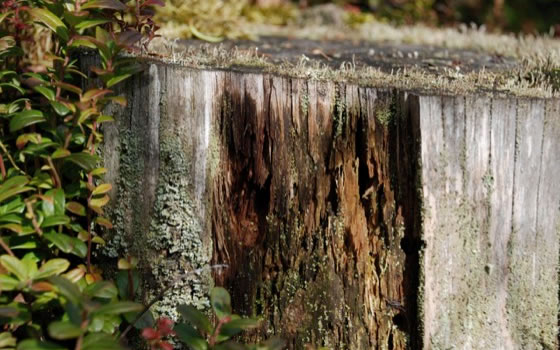Stump Harvesting – Impact on Climate and Environment
In 2007, the Faculty of Natural Resources and Agricultural Sciences (NL) at the Swedish University of Agricultural Sciences (SLU) initiated the thematic programme “Theme stump harvesting”. The programme was jointly financed by the Swedish Energy Agency, the NL faculty, and FSC-certified forest companies and was run for eight years, 2008 – 2015, with a total budget of approximately 12 million €. The strategic work has been led by a steering committee.
This report summarizes the findings and conclusions of the research programme but also some other research in the area. A large number of scientists from SLU, Lund University, Uppsala University, Umeå University and Skogforsk (the Forestry Research Institute of Sweden) show here how stump harvest affects the soil, plants, fungi, small animals, greenhouse gases, nitrogen leaching, mercury and forest production. The programme also analyzed how much the climate will benefit from using stumps instead of fossil fuels, how biodiversity is affected by various stump harvest intensity and if it is possible to compensate for potential declines in biodiversity among wood-inhabiting species by creating more snags.
Many individuals and organizations have contributed to the report. Forty-two scientists (see address list at the end of the report) have written the chapters, but we note that a review of the international publications that formed the basis for the chapters will reveal that many more researchers have contributed overall. We are grateful for their significant effort to fill a large number of knowledge gaps. We also want to thank the programme funders the Swedish Energy Agency, SLU and nine FSC-certified forestry companies (Sveaskog, Holmen, SCA Skog, Södra Skog, Bergvik Skog, Stora Enso Skog, the Swedish Forest Society Foundation, BillerudKorsnäs and the Church of Sweden). Several of these companies have acted as hosts for the newly established stump-harvesting trials as well the Rappe- von Schmiterlöw Foundation, Norunda Häradsallmänning and SLU. We thank the landowner hosts and their staff for all their help and cooperation.

The Swedish interest in stump harvesting increased dramatically after the hurricane Gudrun, which felled 75 million m3 of trees in southern Sweden in early 2005. The interest was also a response to an increased demand of energy from a growing combined heat and power market. The consequences of stump harvesting have been studied in a research programme financed by SLU, the Swedish Energy Agency and FSC-certified forest companies.


